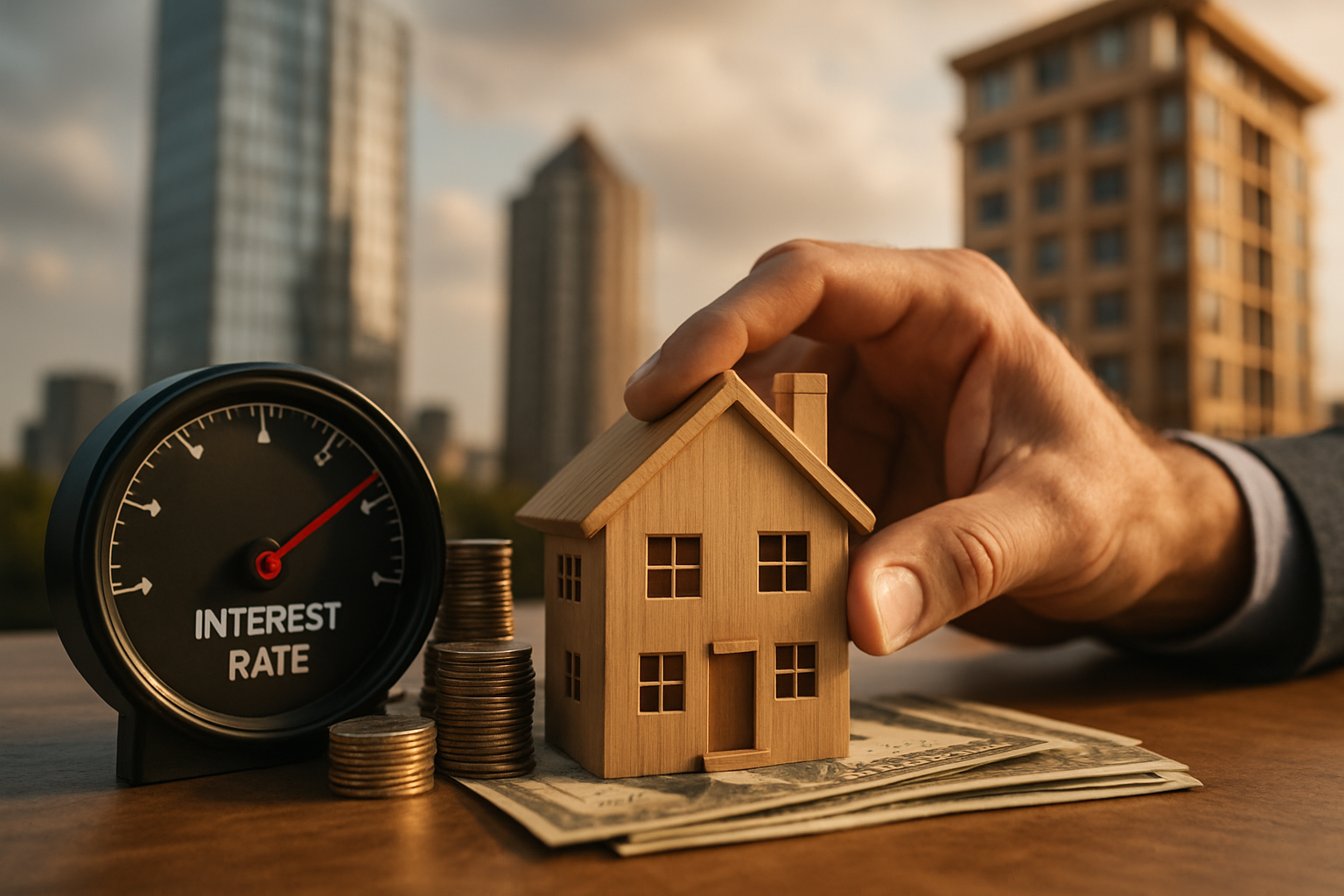Unlocking Value in Historic Properties: The Renaissance of Heritage Real Estate
The allure of historic properties has captivated real estate enthusiasts for generations. Today, a new wave of investors and homeowners are rediscovering the untapped potential in heritage buildings. With 37% of millennials expressing interest in owning a piece of history, the market for historic properties is experiencing a renaissance. This surge in demand is not just about nostalgia; it's a calculated move in a market where uniqueness commands a premium.

Investors and homeowners alike are recognizing the potential for significant returns on investment in heritage properties. According to recent market analyses, well-maintained historic homes in prime locations have appreciated at rates up to 5-10% higher than their modern counterparts over the past decade. This trend is particularly pronounced in urban areas where the supply of historic properties is limited, and demand continues to grow.
Understanding the Historic Property Market
The historic property market is a niche segment with its own set of rules and considerations. These properties are often subject to specific regulations and preservation requirements, which can impact renovation plans and potential uses. However, for savvy investors, these challenges present unique opportunities.
One key factor driving the market is the limited supply of authentic historic properties. As cities expand and redevelop, the number of heritage buildings remains relatively static, creating a scarcity that drives up value. This scarcity, combined with the growing appreciation for historic architecture, has led to a robust market for these properties in both residential and commercial sectors.
The Financial Implications of Investing in Heritage Real Estate
Investing in historic properties can be a lucrative venture, but it requires careful financial planning and a long-term perspective. Initial acquisition costs for historic properties can be higher than those for comparable modern buildings, reflecting their unique character and potential. However, the real financial benefits often emerge over time.
Tax incentives play a significant role in the financial equation of historic property ownership. Many jurisdictions offer substantial tax credits or deductions for the restoration and maintenance of historic buildings. For example, the Federal Historic Preservation Tax Incentives program in the United States offers a 20% tax credit for the rehabilitation of certified historic structures, making large-scale restoration projects more financially viable.
Additionally, historic properties often benefit from location advantages. Many are situated in prime urban areas or established neighborhoods, which can contribute to long-term value appreciation. This locational benefit, combined with the inherent uniqueness of historic properties, can lead to higher rental yields and resale values compared to standard real estate investments.
Navigating Restoration and Modernization Challenges
One of the most significant challenges in historic property investment is balancing preservation with modernization. Owners must navigate strict regulations designed to protect the historical integrity of the building while also meeting modern safety standards and lifestyle expectations.
Restoration costs can be substantial, often exceeding initial estimates due to unforeseen structural issues or the need for specialized craftsmanship. However, these renovations can also dramatically increase the property’s value. A well-executed restoration that preserves historical features while incorporating modern amenities can result in a property that commands a significant premium in the market.
Technological advancements are making it easier to modernize historic properties without compromising their character. For instance, energy-efficient systems can now be seamlessly integrated into older structures, addressing one of the primary concerns of potential buyers – the energy costs associated with maintaining a historic home.
The Role of Historic Properties in Urban Revitalization
Historic properties are increasingly playing a central role in urban revitalization efforts. Cities across the globe are recognizing the value of their architectural heritage in creating unique, attractive urban environments. This trend is driving public and private investment in historic districts, further enhancing the value of individual properties within these areas.
The transformation of historic buildings into mixed-use developments has become a popular strategy for urban planners and developers. By repurposing old warehouses, factories, and civic buildings into vibrant residential and commercial spaces, investors can tap into the growing demand for authentic urban living experiences.
This approach not only preserves architectural heritage but also creates economic opportunities. Studies have shown that historic preservation projects generate more local jobs and have a higher local economic impact compared to new construction projects of similar scale.
Future Outlook for Historic Property Investment
The future of historic property investment looks promising, driven by several converging trends. The growing emphasis on sustainability in real estate aligns well with the inherent sustainability of preserving and adapting existing structures. As environmental concerns become more pressing, the embodied energy and materials in historic buildings are likely to be increasingly valued.
Furthermore, the rise of remote work and digital nomadism is creating new opportunities for historic properties in smaller towns and rural areas. These trends are expanding the market for unique, character-filled spaces beyond traditional urban centers.
However, investors must remain mindful of potential challenges, including changing demographics, evolving urban development policies, and the ongoing costs of maintenance and compliance with preservation standards. Success in this market will require a deep understanding of local regulations, market dynamics, and restoration techniques.
In conclusion, the renaissance of heritage real estate presents a compelling opportunity for investors willing to navigate its unique challenges. By combining careful financial planning, respect for historical integrity, and innovative approaches to modernization, investors can unlock significant value in these architectural treasures while contributing to the preservation of our collective cultural heritage.





